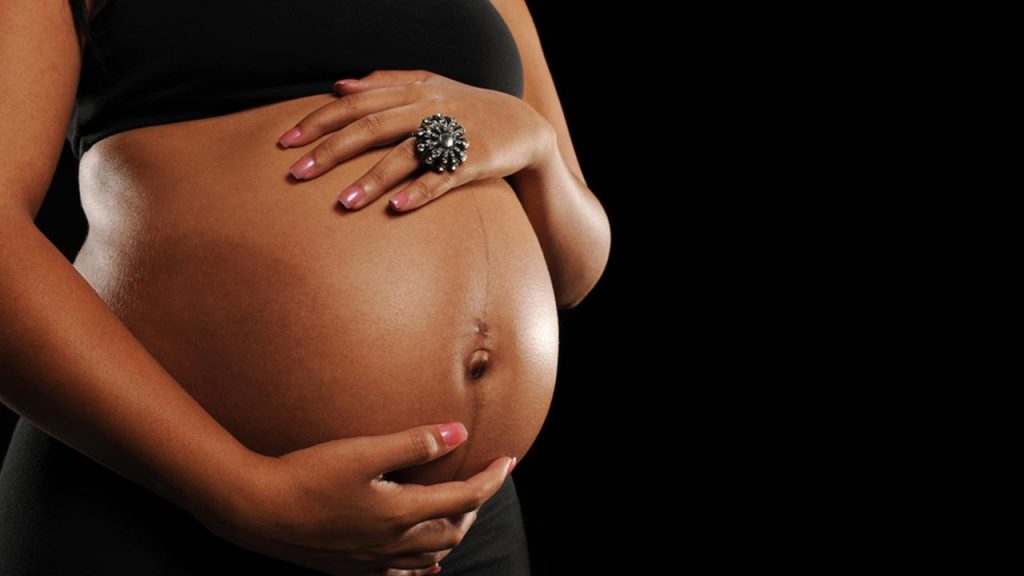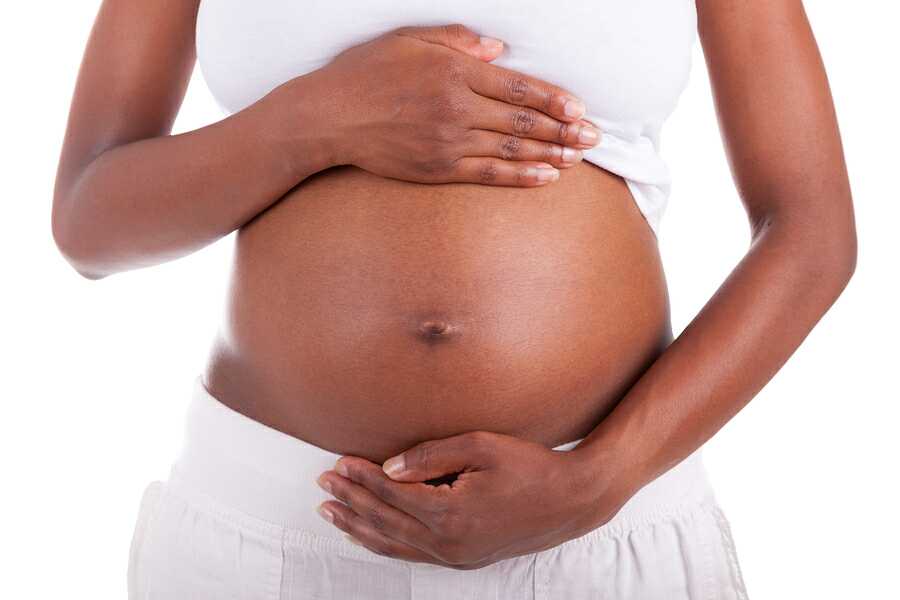
Only one of 10 women who gave birth in public health facilities in the country last year succumbed, but there are still fears that more women gave birth at home on fear of contracting Covid-19.
Data from the Ministry of Health on maternal mortality ratios over the past five years shows that there was a reduction of mothers’ deaths last year, at 92.2 from 97.2 in 2019, which is a significant gain. MMR is the ratio of the number of maternal deaths during a given time period per 100,000 live births.
According to the data, there was a significant drop in skilled delivery, by 1.3 per cent from 80.6 per cent in 2019 to 79.3 per cent in 2020.
Pregnant women, afraid of contracting Covid-19 in hospitals or unable to access health facilities due to movement restrictions, opted to deliver their babies at home.
The report, titled Kenya Health Sector Strategic and Investment Plan: 2018-2023 Mid-Term Review, also shows that the number of expectant women who completed their fourth antenatal clinic, which is normally the last one, reduced from 58.9 per cent in 2019 to 55.1 per cent in 2020.
This means that more women could be giving birth at home: they start their clinic visits and when they are just about to give birth, they stop going to health facilities for regular check-ups.
This points to the reason why the data from Civil Registration Services on the number of registered births dropped by 13.3 per cent in May last year and deaths being recorded also reduced by 15 per cent since the country recorded its first covid-19 cases on March 13.
About 40,000 births could not be accounted for last year in the month of May, registering only 71, 502 as compared to 110, 792 in the same month in 2019. This was a 35.3 per cent drop.
The data, presented by Director of Civil Registration Services Janet Mucheru, noted that there was a similar drop in the month of April, with 18, 313 fewer births registered, from 100, 896 in 2019 to 82, 318 in 2020.
Ms Mucheru told the Sunday Nation that “this is a clear sign that expectant mothers are reverting to the use of traditional birth attendants, who are ill-equipped for complications during delivery”.
Registered deaths
“I’m afraid that if the government is going to use the data then some Kenyans might be left out because we will not have the right data and when the schools open, more people would be applying for birth certificates,” she added.
From the statistics, the number of registered deaths in the same month of May last year dropped from 16,312 in 2019 to 776 in 2020. The drop was linked to a burial protocol that states that the internment of Covid-19 victims is done within 24 hours and the completeness of notification of the event may be missed.
The data, released last week by the Ministry of Health, also shows that immunisation coverage last year dipped because of Covid-19.
The percentage of fully immunised children dropped from 98.7 in 2019 to 85 .8 per cent last year. This shows that mothers are not taking their children for immunisation and this might affect how they respond to outbreaks of diseases in the future.
Acting Health Director-General Patrick Amoth concurred.
“We’re going to see a huge number of children who are not immunised in the future, and this means that when an attack, for instance of cholera or measles, occurs, the likelihood of them surviving is minimal. Giving birth at home and denying your child the necessary vaccination is inviting a huge problem in future.”
Makueni, Kiambu and Garissa counties are leading with the number of fully immunised children, with 92 per cent, followed by Kirinyaga with 91 per cent and Nyamira, Embu and Machakos with 89 per cent.
West Pokot recorded the least number of children at 55 per cent, which means out of 10 children in the county, only five are immunised. Samburu came second-last at 62 per cent, Narok 65 per cent, Turkana 67 per cent and Isiolo at 70 per cent.

